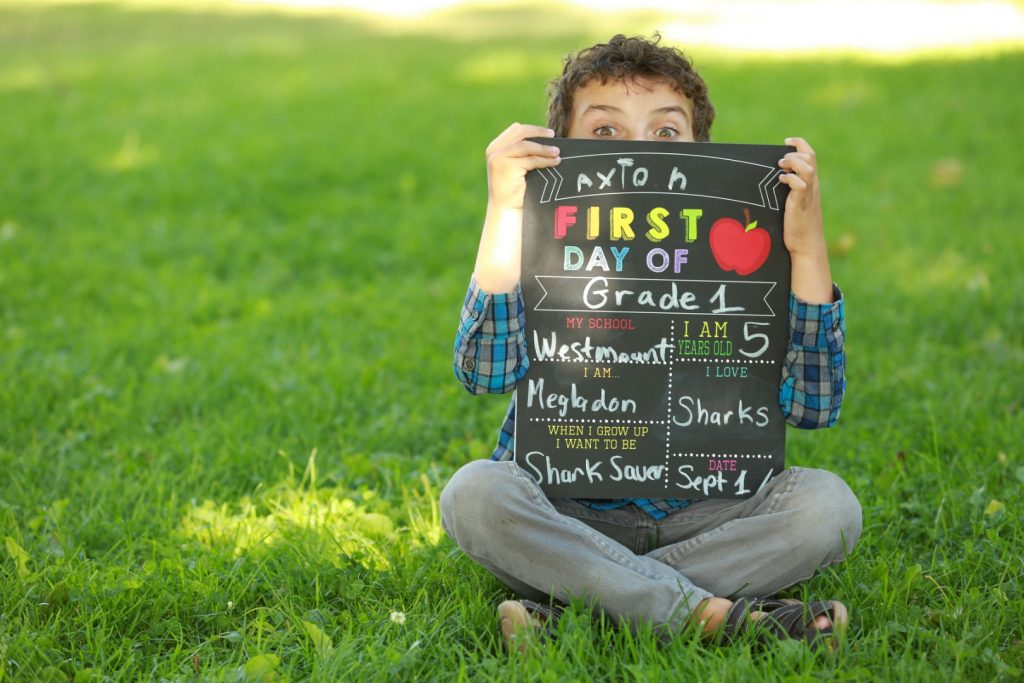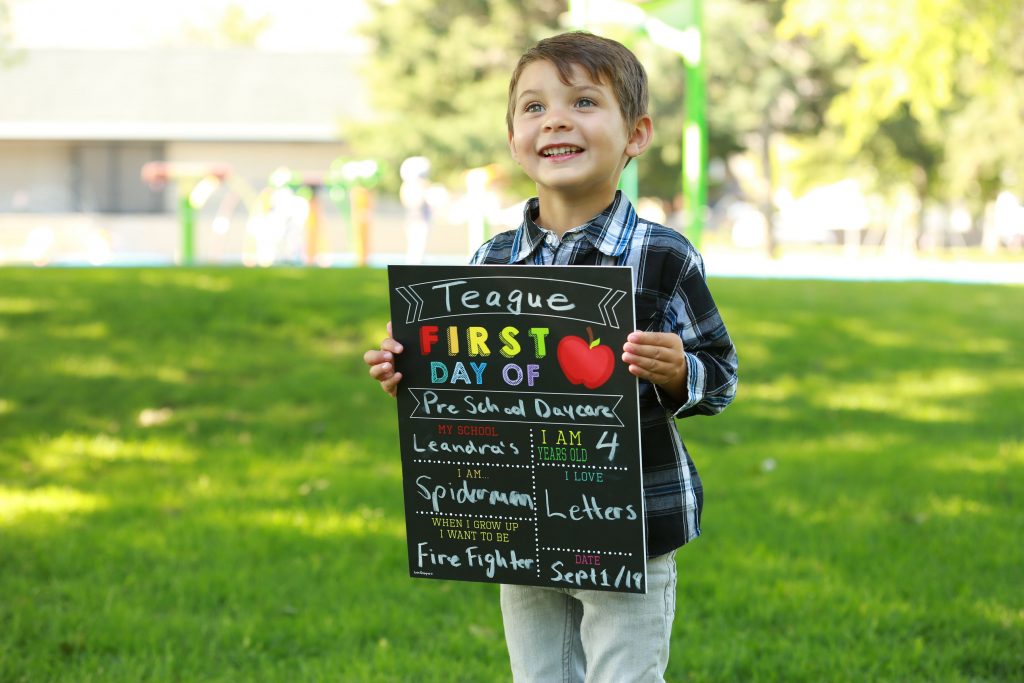Group Presentation
This was a Science class presentation; the lesson was on Indigenous Constellations. We had a lot of group projects this year and this was probably the least challenging one of them all. I enjoyed working on this presentation because I grew up learning all about constellations from my family. My stepfather built his own telescopes. He did everything including cutting the glass and mirrors with the proper measurements for them to effectively work. The activity that we did with the students was creating a constellation lamp and it reminded me of my own childhood, learning from my family.
Research Paper
This is a research paper I wrote for my History of Education course. This paper focuses on the hurdles we still need to see in today’s education system. While writing this paper it really had me thinking and reflecting on what I would like to do with my own students and how I want to be apart of the change in future education.
Research Paper, STILL A LONG WAY TO GO
Lesson Plan Sample
This lesson is on Indigenous poetry for a grade 2/3 class. The lesson is used to support early learning about animals and resources that are important to Aboriginal people in British Columbia and brings in Indigenous content. Aboriginal worldviews are an integral part of the English Language Arts curriculum, as all students learn about themselves and others as Canadians. Poetry can give students a healthy outlet for surging emotions. Reading poetry aloud in class can foster trust and empathy in the classroom community, while also emphasizing speaking and listening skills.
Indigenous Poetry, Lesson Plan #4 Template
Be the Expert of Language and Literacy
This is a presentation I created on writing instruction for Indigenous Worldviews. It includes teaching strategies to ensure student success. Implications and research to support learning. This is a PDF of the PowerPoint presentation. The PDF does not include audio or video. For the full version please message me through the blog with your contact details and I will share the full PowerPoint for your review.
My Children’s Story Book
https://www.loom.com/share/ada61b8231f044aeafbc4c46adaeb9c9
This children’s book is accompanied by 4 lesson plans that would be incorporated in my teaching practice. The first lesson rationale explains that students will be able to identify and use oxymorons to help them understand figurative language. Students learn about a play on words where two or more opposite words or ideas are joined to create a comical or dramatic emphasis. The picture book is used to demonstrate a play on words and offer examples of oxymorons that are written in the book. The book was created with these learning goals lesson in mind.
Science Lesson Grade 4-7
https://www.loom.com/share/7678d1fbe68546f29e7a031ac5dd1d92
This lesson covers the cultural tie between wolves and Indigenous Peoples. It explains the wolf’s adaptations to the environment, as well as how it uses its senses such as scent, hearing, sight, and communication for survival. Students learn about cryptochromes that are light-sensitive molecules that exist in bacteria, plants and in some animals, which are involved in the control of the body’s circadian rhythms. Wolves use three different languages to communicate. Students learn about how living things such as wolves’ sense, respond and adapt to stimuli in their environment through prey and hunting. How wolves influence other species and ecological processes and the impacts of one species on another. Students learn how components of an ecosystem affect each other. They learn about concepts of biodiversity, what is biodiversity? What threatens biodiversity? and why is biodiversity important? Students learn the definition of mesocarnivores. They participate in an activity where they make predictions of what will happen if an ecosystem is depleted of wolves and how the presence of wolves changes an ecosystem. They look at the distribution of wolves across North America. Then watch a video on a study that biologists are conducting on wolves and dogs, where scientists discover that curiosity stands out as a main difference between domesticated dogs and wolfs. There is a simple case study at the end of the lesson which is used as a formative assessment. Students ultimately learn how sensing and responding are related to interdependence within ecosystems. They learn why wolf recovery is critical in maintaining a healthy ecosystem.
My children are my motivation to keep going through my classes when times are tough.

My son Axton at the beginning of the school year.

My son Teague heading to preschool, daycare